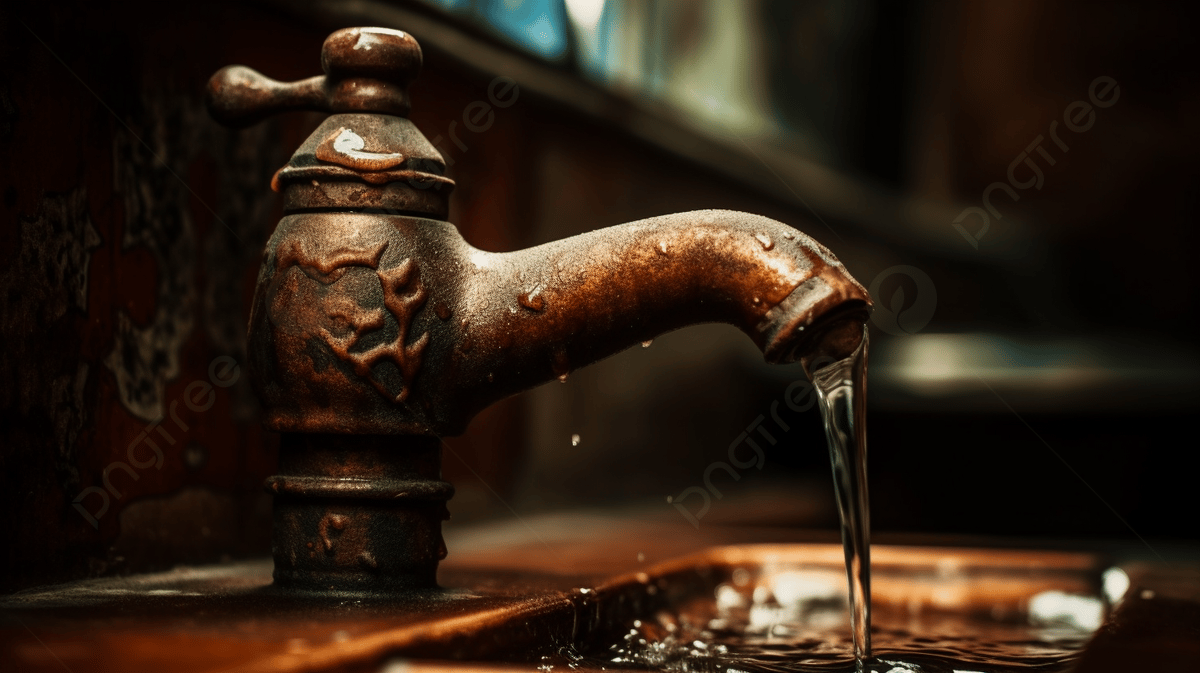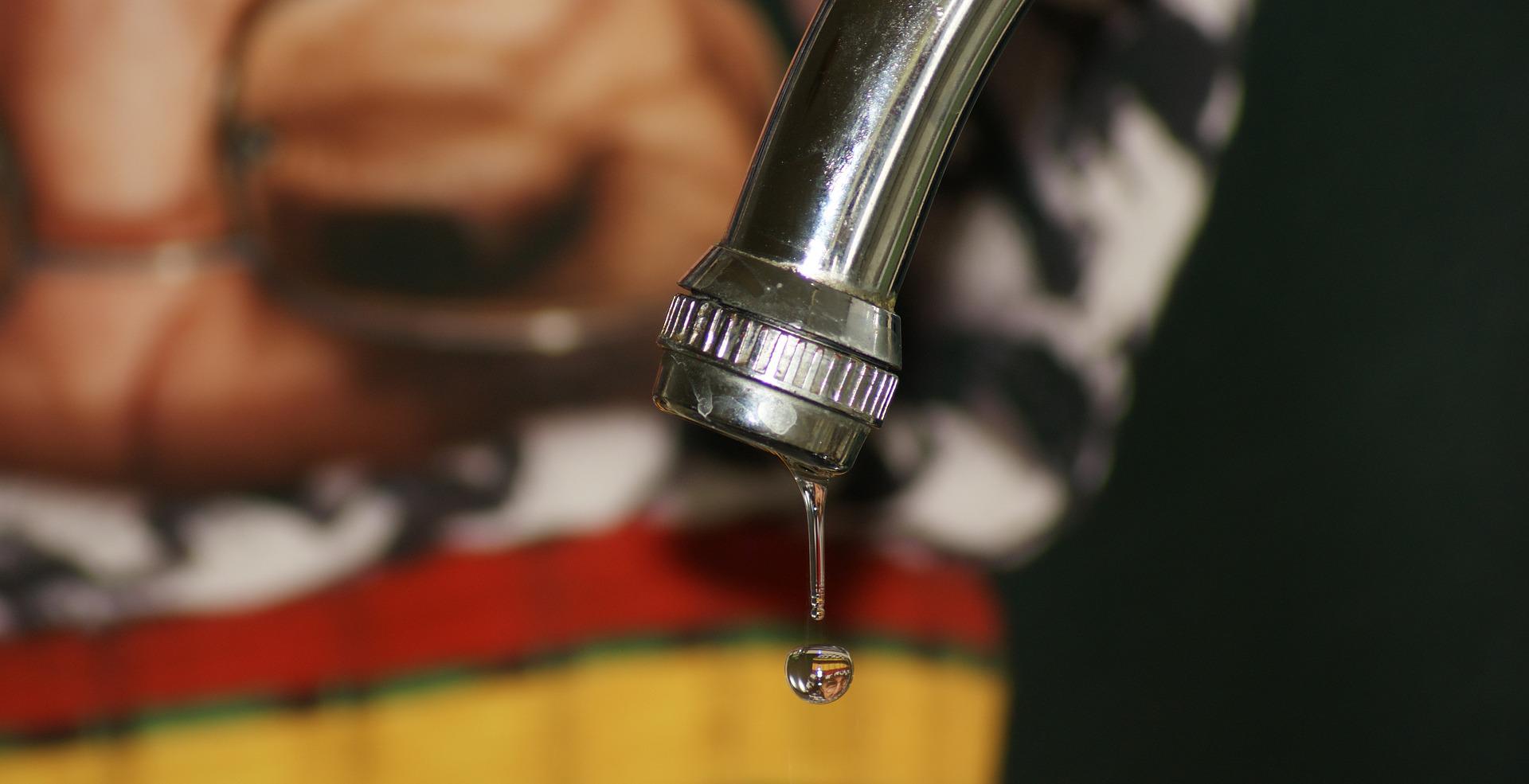Our Influence of a Busted Faucet
Our Influence of a Busted Faucet
Blog Article
Just about every person has their own unique beliefs in relation to The Environmental Impact of Leaky Faucets.

Introduction
A dripping tap might feel like a small inconvenience, however its effects prolong far past the occasional drip. Understanding the effects of a dripping faucet is crucial for both house owners and the environment. In this short article, we'll discover the various effects of this common home concern and why resolving it promptly is necessary.
Causes of Leaky Faucets
Leaky faucets can result from a range of aspects, consisting of damage, high water stress, and deterioration. Over time, the constant use of taps can bring about worn-out seals and gaskets, causing leaks to develop. In addition, too much water stress can put strain on plumbing fixtures, leading to leakages. Rust and rust can also damage faucet components, making them vulnerable to leak.
Water Waste
One of one of the most considerable consequences of a dripping faucet is water wastefulness. Even a tiny drip can add up to gallons of drainage with time. This not only increases water bills yet also adds to water scarcity and environmental degradation. Attending to leaky faucets without delay is essential for saving this priceless resource and reducing its effect on the earth.
Financial Impact
In addition to wasting water, leaking taps can likewise have a significant monetary effect. Boosted water expenses are a straight effect of water wastefulness, setting you back home owners thousands of bucks each year. In addition, the expense of repairing water damage triggered by leaks can be significant, specifically if left neglected for a prolonged period.
Ecological Effect
The environmental influence of leaking faucets expands beyond water wastage. By preserving water, property owners can add to wider efforts to alleviate water scarcity and secure natural communities. Lasting alternatives such as rain harvesting and water-efficient components can even more lower the environmental footprint of family water use.
Technological Solutions
Improvements in modern technology have resulted in the advancement of clever taps and water-saving devices that help decrease water wastefulness. Smart taps utilize sensors to spot movement and change water circulation appropriately, reducing waste without giving up comfort. Water-saving tools such as aerators and low-flow showerheads are likewise effective in saving water without endangering efficiency.
International Viewpoints
While leaking faucets may appear like a localized concern, they add to wider worldwide obstacles such as water deficiency and climate adjustment. In regions already facing water anxiety, every decrease counts, making leak prevention and fixing essential. By taking on water-saving practices and buying lasting technologies, house owners can play their component in addressing these pushing worldwide concerns.
Regulatory Steps
Government guidelines play a vital function in reducing the influence of leaky faucets and advertising water conservation. From building codes that need water-efficient components to water-saving motivations and rebates, policymakers have a variety of devices at their disposal. By carrying out and enforcing these policies, federal governments can make sure that homeowners prioritize water preservation in their lives.
Area Influence
Addressing leaky faucets calls for cumulative efforts at the neighborhood degree. By elevating understanding regarding the importance of water conservation and offering sources for leak detection and repair service, neighborhood authorities can encourage home owners to do something about it. Initiatives such as water-saving refund programs and leakage detection campaigns can incentivize actions change and promote accountable water use.
Case Researches
Real-life examples of the effect of leaking taps emphasize the importance of aggressive upkeep and prompt repairs. From water damages to increasing water bills, the repercussions of neglecting leaks can be extreme. By sharing these study, homeowners can much better recognize the relevance of resolving leaking taps promptly.
Educational Campaigns
Educational campaigns play an important role in raising understanding concerning the impacts of leaky taps and advertising water preservation methods. Through workshops, workshops, and online sources, house owners can find out exactly how to detect and fix leaks themselves. By encouraging individuals with understanding and devices, educational projects can cultivate a culture of accountable water use within communities.
Health and wellness Concerns
Leaky faucets can produce favorable settings for mold and mildew and mold growth, posing wellness threats to residents. The presence of mold can aggravate breathing issues and allergic reactions, particularly in vulnerable people. Furthermore, water damage resulting from leaks can jeopardize the architectural integrity of buildings and lead to expensive repair services.
DIY vs. Professional Fixing
When faced with a leaking faucet, homeowners usually discuss whether to attempt repair work themselves or work with an expert plumber. While DIY fixings can save cash, they may not always address the underlying issue properly. Expert plumbing professionals have the know-how and tools to diagnose and repair leakages appropriately, guaranteeing long-lasting solutions and peace of mind for home owners.
Safety nets
Protecting against leaking faucets requires normal maintenance and proactive measures. Simple jobs such as replacing worn-out washers and seals can protect against leakages from developing. In addition, upgrading to high-grade components and decreasing water pressure can aid lengthen the lifespan of faucets and minimize the danger of leakages.
Conclusion
Finally, the impacts of a dripping faucet prolong much beyond the periodic drip. From water wastage and raised water costs to health and wellness worries and environmental effect, the repercussions of disregarding leaks can be substantial. By resolving leaking faucets without delay and taking on water-saving methods, house owners can alleviate these effects and contribute to a more lasting future.
Why You Shouldn’t Ignore a Leaky Faucet in Your Home
What Causes a Leaky Faucet?
Various factors can cause a leak, from loose and worn-out parts to corrosion. Your faucet has four essential components from which most plumbing issues will stem: the O-ring, the valve seat, the washer and the gasket.
What Is an O-Ring?
The O-ring is a stem screw that fastens parts of the faucet in place, preventing water from leaking out of the spout. Depending on your faucet type, the stem might have multiple O-rings. Water will drip from the faucet’s handles and base if this part breaks or deteriorates.
What Is a Valve Seat?
The valve seat controls the flow and temperature of the water. Found at the base of the handle, it works as a seal for the faucet’s stem. The valve seat ensures the water is allowed to flow or is blocked as the handles dictate. You’ll know it’s malfunctioning when water leaks from your faucet’s sides.
What Is a Gasket?
The gasket is found between the water inlet and the valve stem. It creates a seal between the faucet and the sink, holding its joints by aerators attached to the stem’s head. Water will trickle out from the base if the gasket isn’t working.
What Is a Washer?
The washer secures the handles and prevents leakage, serving a similar purpose to the O-ring. While the O-ring is ordinarily round and made from an elastic material, such as rubber, the washer is square-shaped and composed of brass, copper and other hard metals. If it malfunctions, corrodes or has been improperly installed, water will leak out of the handles, causing that incessant faucet drip.
Why Is a Leaky Faucet Dangerous?
A leaky faucet left alone for too long can have significant consequences.
Pest Infestations
Since bugs and rodents gravitate towards the scent of water, a leaky faucet will draw pests to your sink. Both are looking for leaks accessible through crawl spaces, which a faucet provides. If you leave water dripping for too long, you run the risk of an infestation.
Rust
If one of the faucet parts has started to corrode, the resulting rust can spread to your pipes and valves with startling speed. The rust might even lead to cracks or other impairments, resulting in more severe plumbing issues.
Your sink could also sustain damage from a leaky faucet. The water in your tap possesses sparse elements of calcium and iron that can stain your sink with repeated and prolonged exposure. Once those elements in the water have been open to the air for some time, your sink will start to rust, creating marks that can be difficult to remove.
https://www.tomsmechanical.com/blog/why-you-shouldnt-ignore-a-leaky-faucet-in-your-home

I discovered that page on How to Fix a Leaky Faucet when doing a lookup on the internet. Sharing is caring. Helping people is fun. I truly appreciate your readership.
Report this page